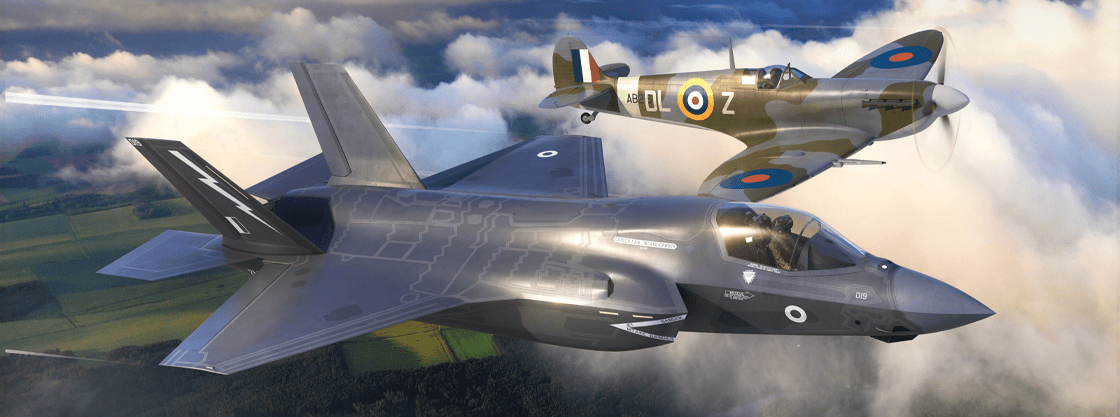ALL THE WAY FOR THE design+3D CAD views of the mould tool itself+CAD imagery AND THE SLA prototype model
When talking about the subject of iconic modes of transport across the globe, there are quite a few which come to mind, and some which also identify the part of the world you might be visiting. If you find yourself in New York, you might be attempting to flag down one of the city’s famous yellow taxi cabs, or if trying to cross Victoria Harbour to Hong Kong Island, you might be looking forward to a ride on a Star Ferry. A visit to Japan could see you riding on one of their Bullet Trains and our own capital city can claim one of the most distinctive modes of transport, in the red Routemaster bus.
In fact, London can claim to have two extremely distinctive modes of transport available for passenger use, with the sight of either immediately identifying your location to anyone checking your latest social media update picture, with the second being a black cab, a vehicle which has been through quite a green revolution in recent times.
When talking about iconic modes of transport across the world, there are actually quite a few which instantly come to mind and how if your latest social media update included one in the background, how everyone would immediately know which country, or even which city you were currently visiting. Included in this enigmatic grouping would be the famous yellow taxi cabs of New York, riding the Star Ferry from Kowloon to Hong Kong Island and perhaps a blurred image of a Bullet Train, as it speeds through the Japanese station you were waiting at. London would also be included in this list, with our very own classic or modern Routemaster buses being such a familiar sight for many, however, London can also boast a second mode of transport which has to be included, one which enjoys similar iconic vehicular status, the black London taxi, or Hackney Carriage.
Although they can be found in towns and cities all over the world, black cabs are synonymous with the City of London, were they are often referred to as Hackney Carriages, a term which is thought to have its origins in the horse drawn carriages from centuries past and specifically to those operating, or based in the London borough of Hackney.
More recently and following the widespread adoption of vehicles powered by the internal combustion engine, London’s motorised hackney cab trade became established, initially using a variety of different vehicles for the task, but usually designs imported from France or Italy, each offering different levels of style and comfort. During the 1930s, vehicle importers Mann & Overton approached the Austin company with a proposal for them to produce a variant of one of their vehicles specifically for the London taxi market. The resultant vehicle was so radical a design that it was initially viewed with some scepticism, however, the Austin FX3 and its successor the (British Motor Corporation, by that time) FX4 would go on to rule the London taxi market for the next seventy years, becoming a feature of London life which was recognisable the world over.
Taxi for Quickbuild! A design screengrab which shows



Important images for both this fantastic new model and our review explanation of its design, fascinating images of the assembly instructions.


The culmination of many hours of design expertise, this CAD image shows internal detail of the new London Taxi model, with outer sections removed to allow a better view.

the early stages of the London Taxi’s design. They show the skeleton model and the initial stages of part slip work



this next series of images show the build-up of components in a sequence similar to how the kit will be assembled, but showing the design skills





CAD imagery




A huge Workbench exclusive,this series of images which show 3D CAD views of the mould tool itself, or should we say the one designed to produce the black plastic parts.




starting first with this picture of the SLA prototype model, an important stage
every aspect of its design. This is followed with an exploded part view of the new model, the box artwork we should all be looking out for and a final look at how the completed mode should look, from a design model perspective.










You must be logged in to post a comment.